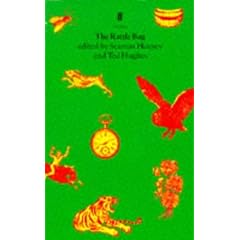New History and Humanities Resources
Northeastern University Libraries announce the acquisition of two new digital collections to further our support of important research and teaching at the University. Both collections provide critical resources that complement the expanding interdisciplinary nature of scholarship across the campus.
Historical Black Newspapers. This collection consists of three leading African-American newspapers: Chicago Defender (1910-1975), New York Amsterdam News (1922-1993), and Pittsburgh Courier (1911-2002). These primary source materials are vital to the study of African-American history and culture and to a comprehensive understanding of U.S. history in general.
Full text searching includes valuable photographs and images, advertisements, and arts reviews. This collection celebrates the achievements and documents the struggles of the African-American community through much of the twentieth century. The collection supports research among multiple disciplines, including African-American studies, history, political science, sociology, and urban studies.
JSTOR: Arts & Sciences VIII Collection. This new addition to the valuable and popular JSTOR database of important journals across most subject areas expands the JSTOR collection by adding over 140 journal titles in the core humanities disciplines.
The new addition includes journals in art history, classical studies, history, language and literature, music, and philosophy. Art and architecture journals include rare 19th century titles taken from important collections, including the Metropolitan Museum of Art and the Frick collection
For more information about these collections and how to effectively search and make use of them, please contact a subject librarian or request research assistance.
 In 1984, poets
In 1984, poets